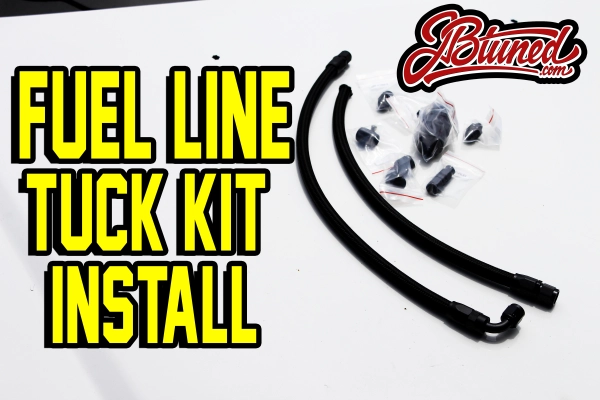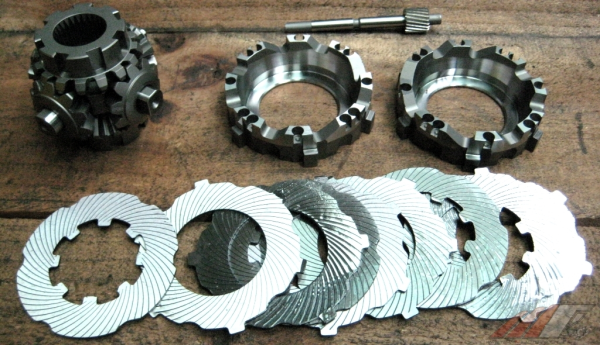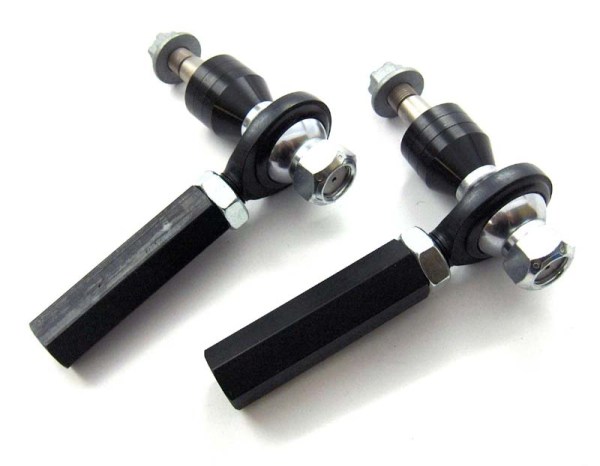First thing you want to know is this is not a simulator. It is a converter. You are still going to need your original narrow band 02 sensor installed in the exhaust and you are going to need to tap into that sensors wiring. Calling it a simulator is very misleading, to me anyway. The... Continue Reading →
Watch “INSTALLING JBTUNED ‘S FUEL LINE TUCK KIT” on YouTube
It has been a long time since we have taken advantage of our blog and actually posted something note worthy. Well today is the day we start to change all that. We had the opportunity to work with Zosh, A local Honda enthusiast to our area and YouTube Content creater who puts out a lot... Continue Reading →
Forged VS Billet – The facts behind the hype
This article was taken Directly from TeamMFactory.com 's website and is unedited in any way. It helps to address a big misconception about the quality difference between Metals and help to get some truth from the internet hype. **Knowledge saves money** A BIG misconception is that Billet means 'unbreakable and the best you can get'. This is simply... Continue Reading →
SPL Parts Suspension Comparison
JBtuned.com It did not take more than one night on our local skid pad with our S14 to realize we need to make some big improvements if i actually wanted to keep this car on the pad. (Our s14 is a bullet at best) The upgrades came in the way of a lot of power... Continue Reading →



